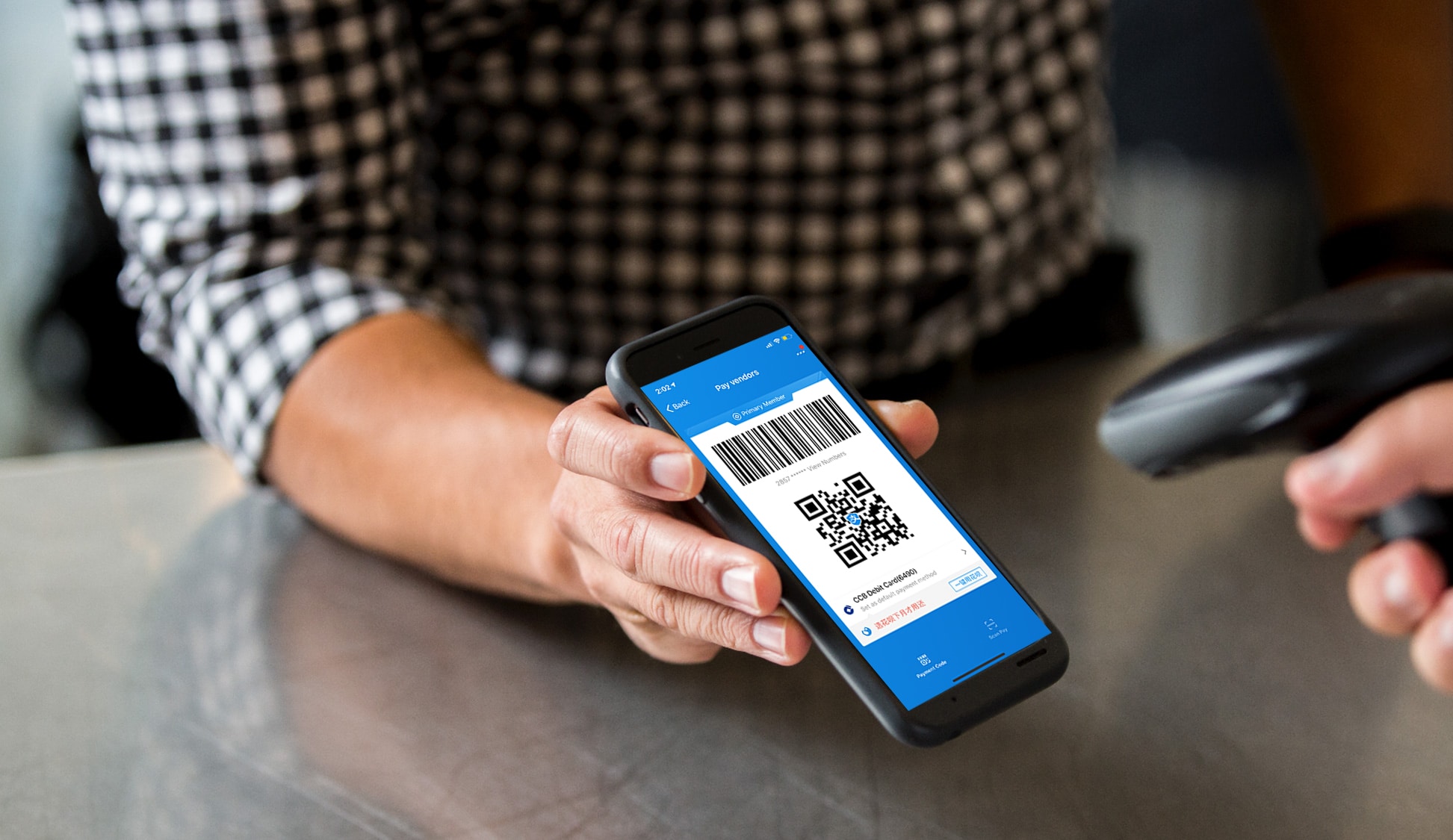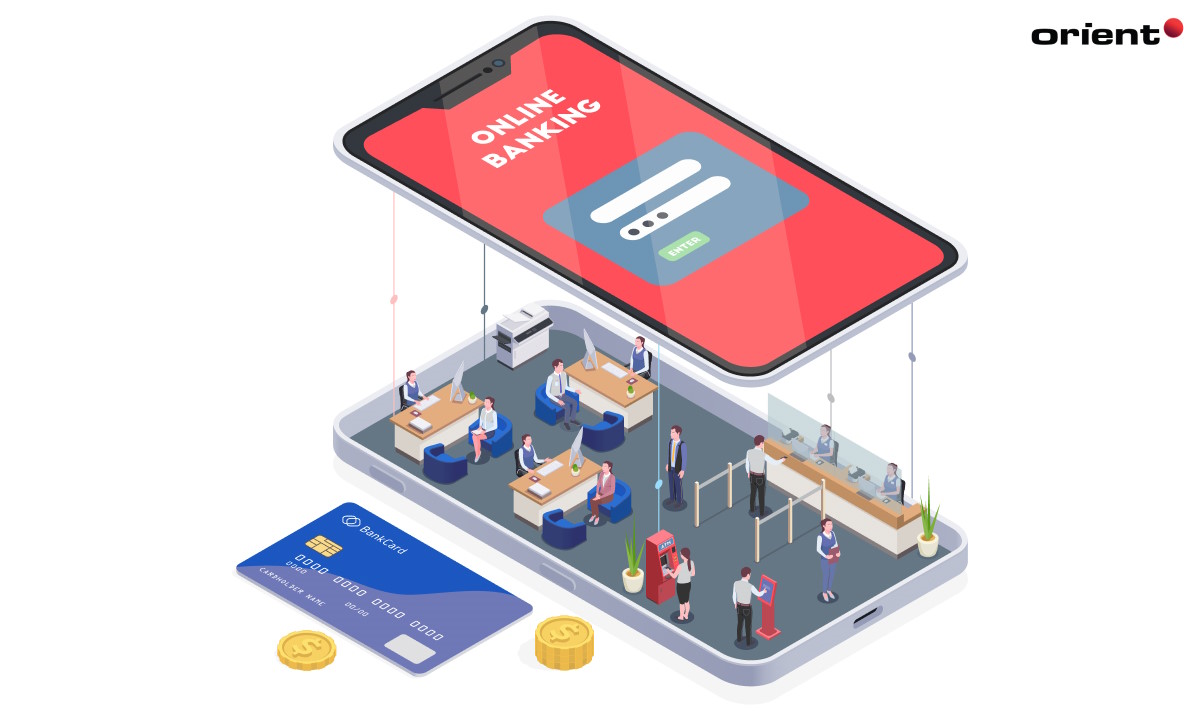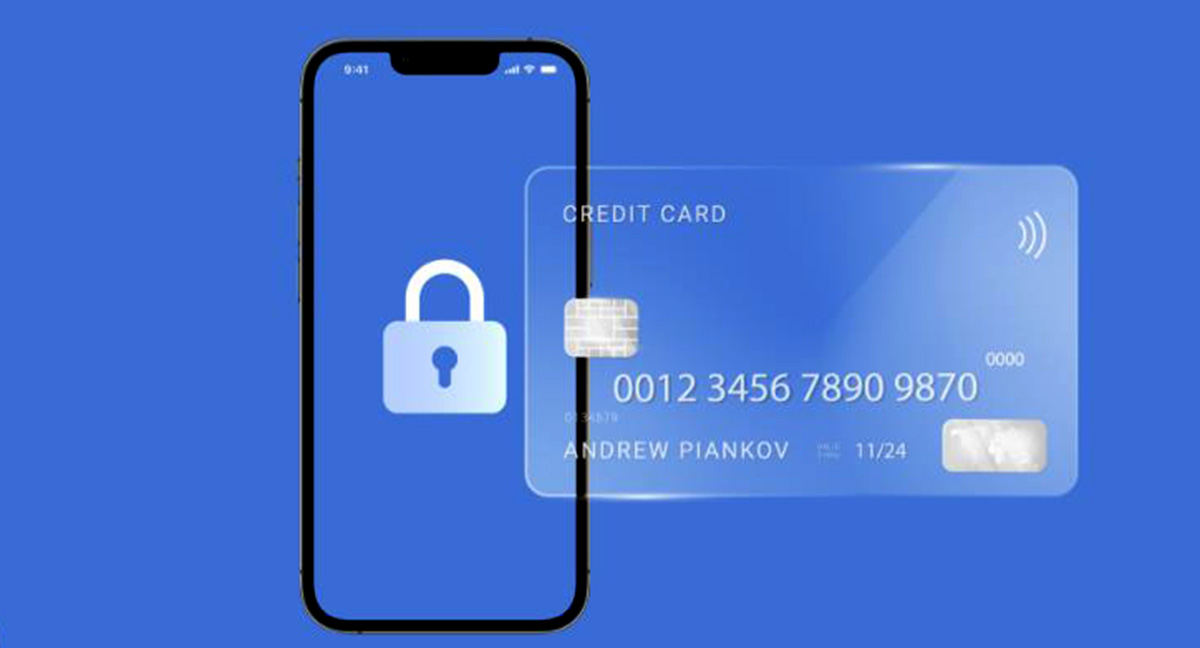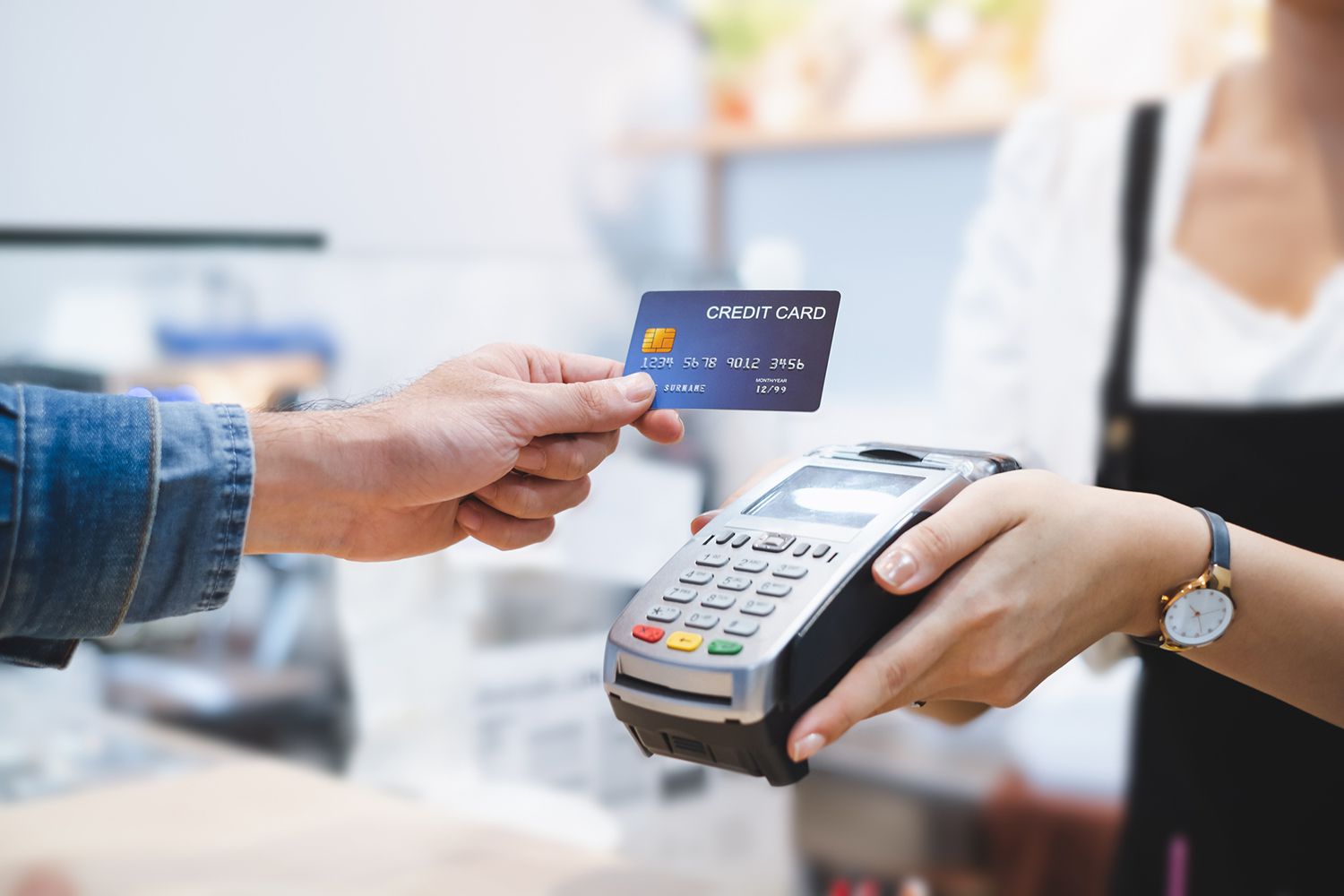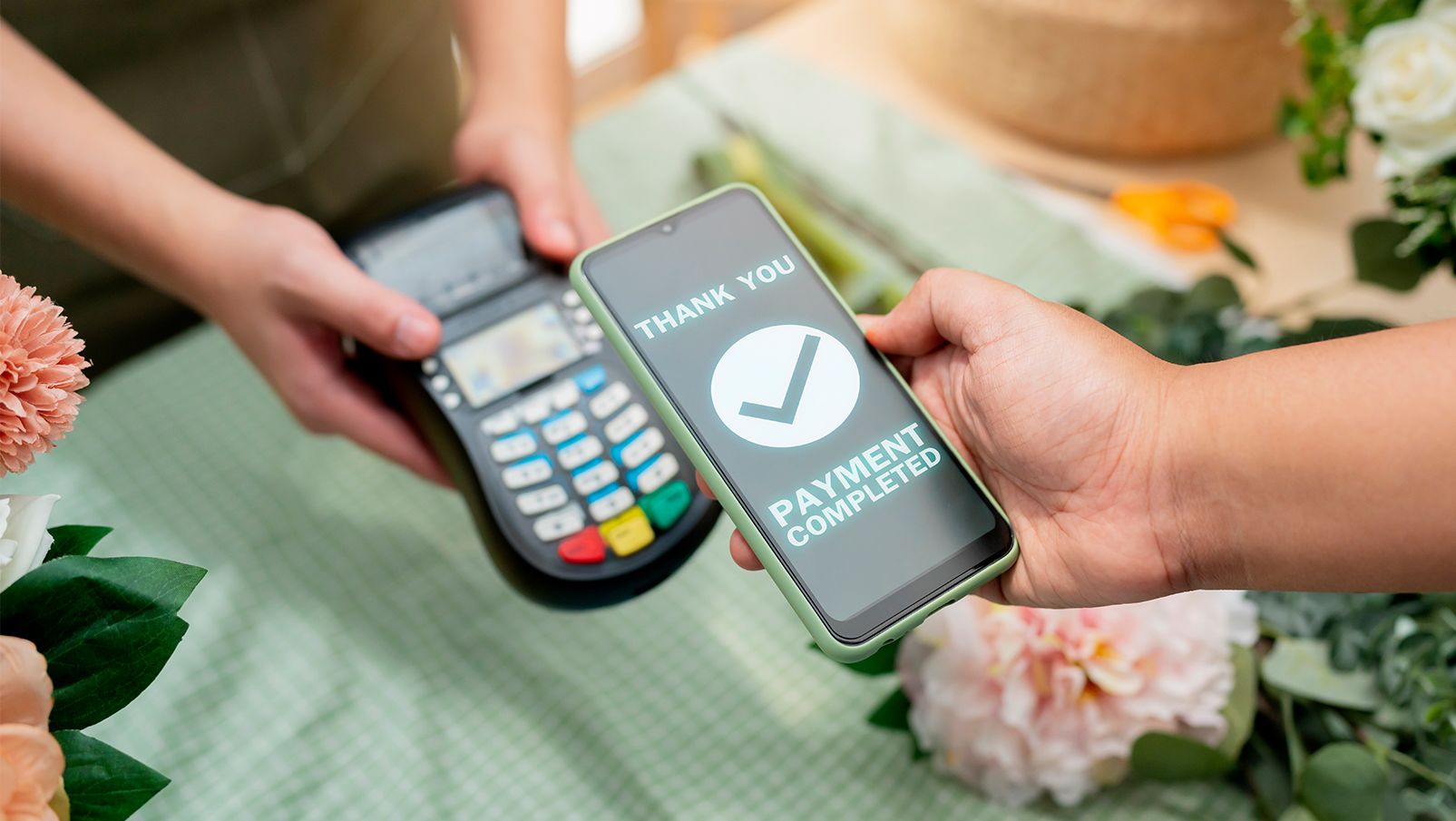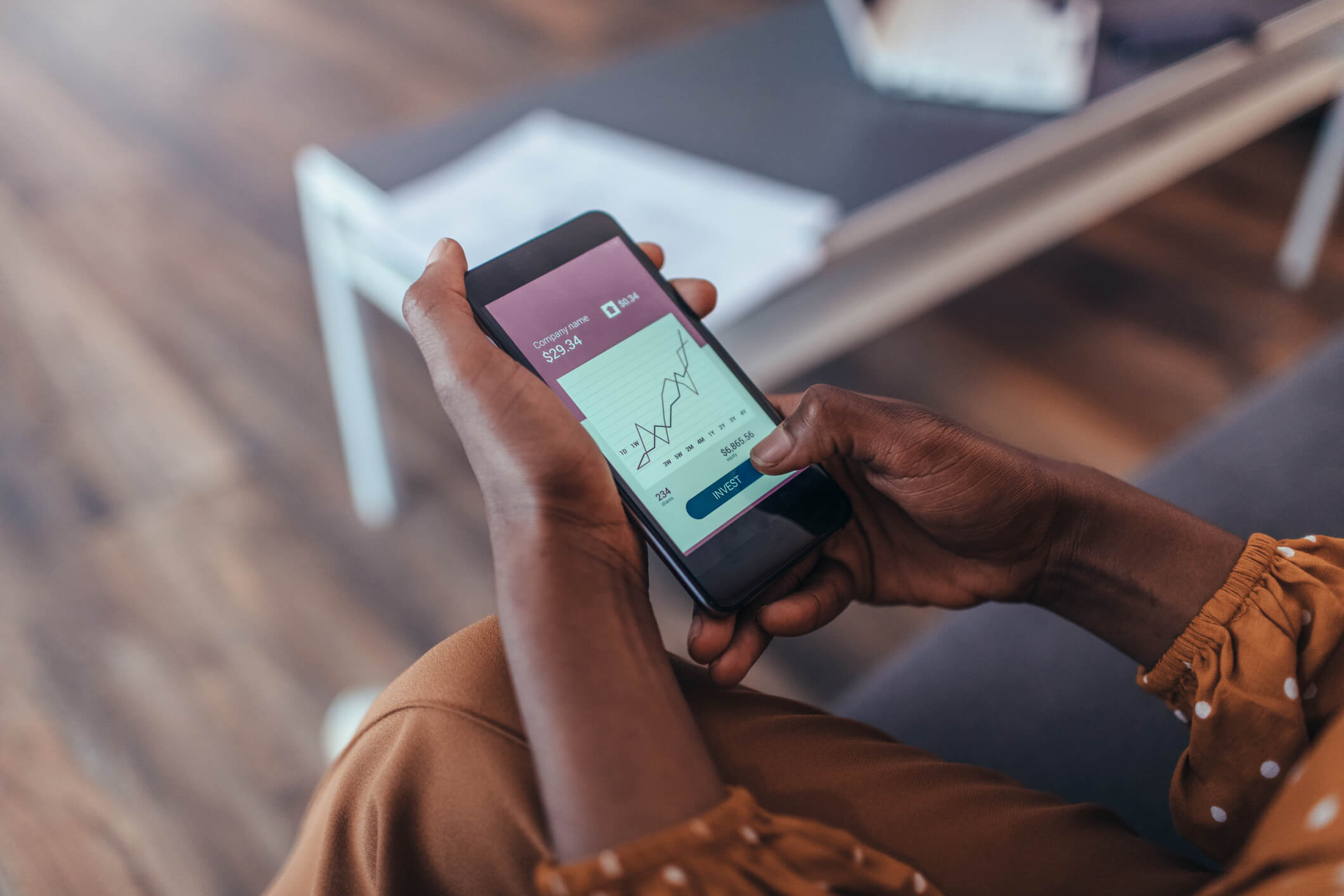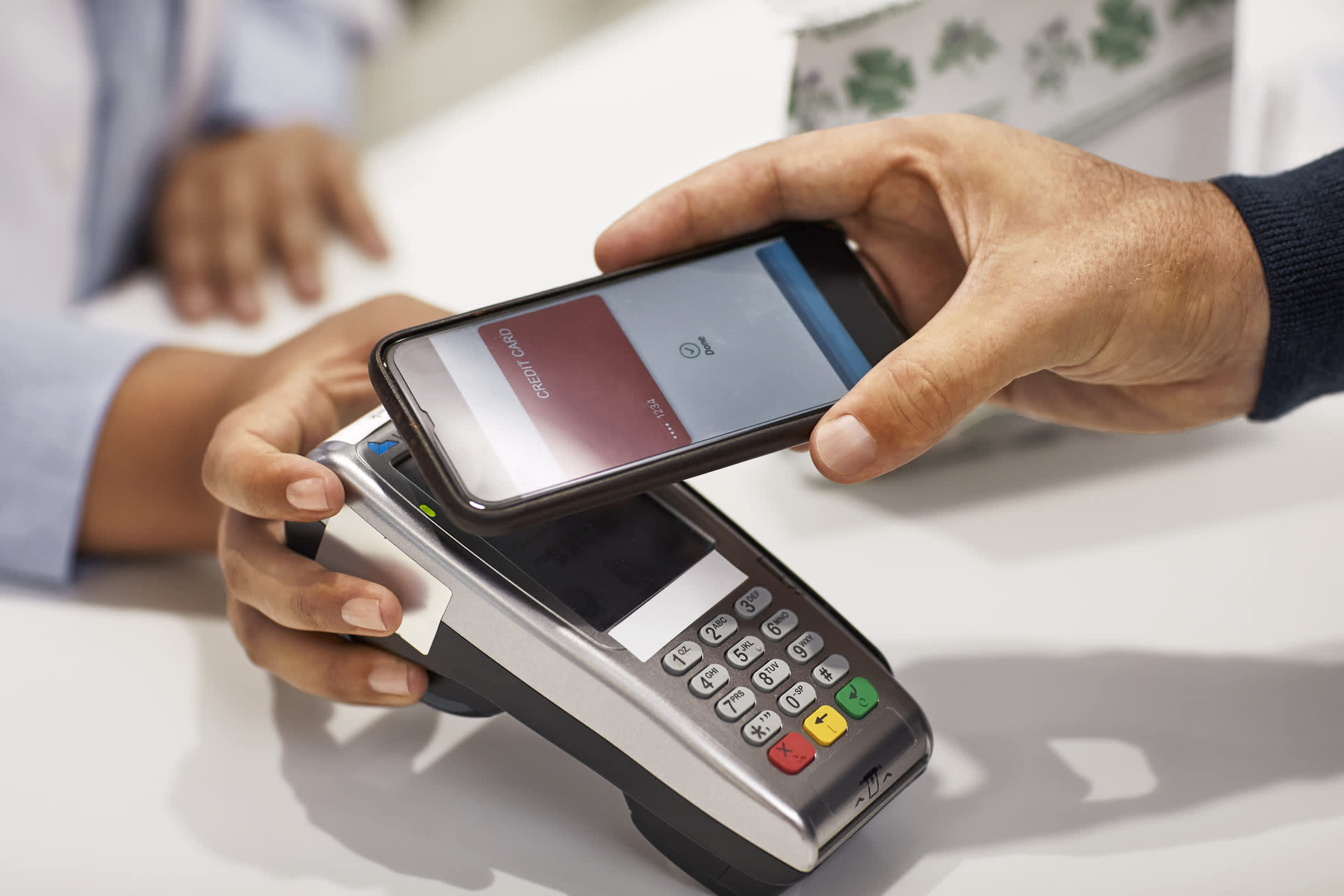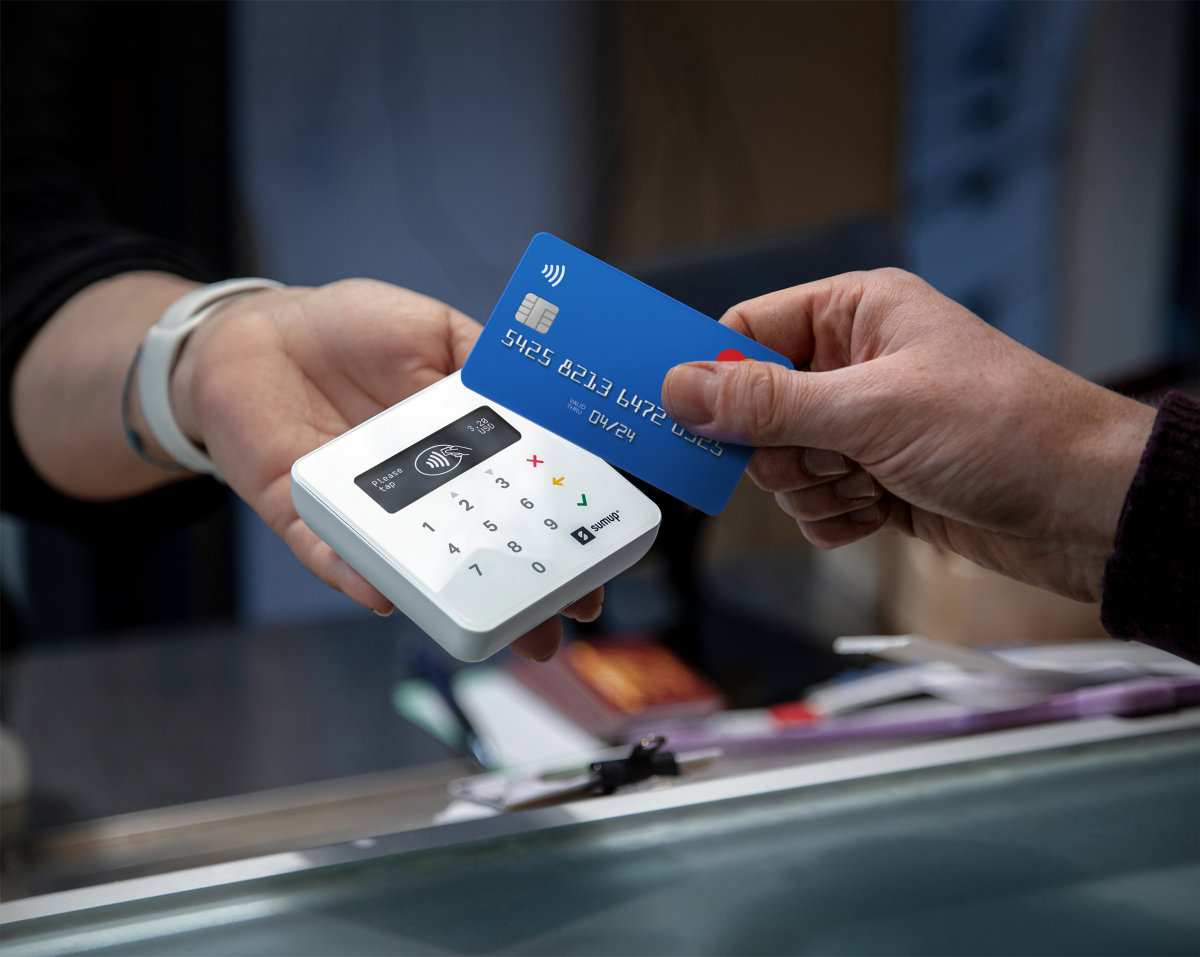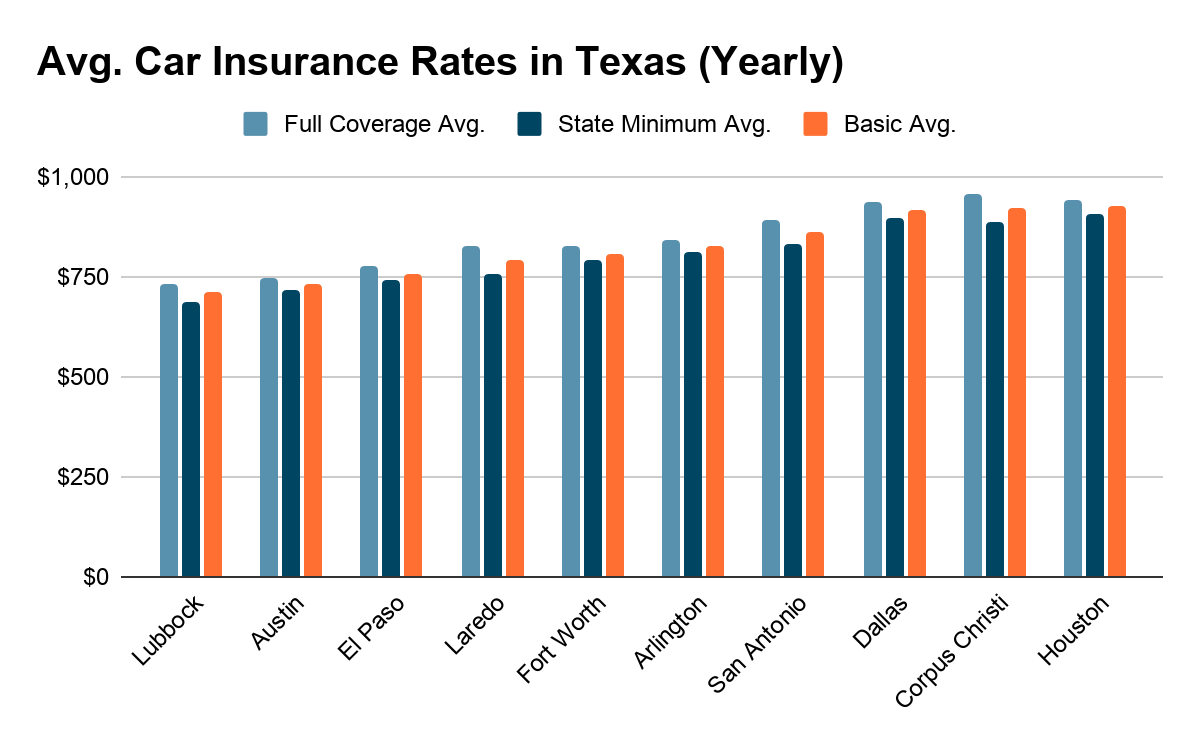

Finance
How Do Mobile Payments Work?
Published: February 27, 2024
Learn how mobile payments work in the finance industry, including the technology, security, and convenience of this popular payment method. Understand the process and benefits of using mobile payments for your financial transactions.
(Many of the links in this article redirect to a specific reviewed product. Your purchase of these products through affiliate links helps to generate commission for LiveWell, at no extra cost. Learn more)
Table of Contents
Introduction
Introduction
Welcome to the era of digital transformation, where the way we handle financial transactions is evolving at a rapid pace. One of the most significant advancements in this realm is the widespread adoption of mobile payments. In today’s fast-paced world, the convenience and efficiency of mobile payments have revolutionized the way individuals and businesses conduct transactions.
Mobile payments, also known as m-payments, refer to financial transactions that are conducted using a mobile device, such as a smartphone or tablet. This method of payment has gained immense popularity due to its ease of use, accessibility, and ability to streamline the payment process.
In this article, we will delve into the intricacies of mobile payments, exploring the various types, how they work, their security measures, as well as their advantages and disadvantages. Additionally, we will take a glimpse into the future of mobile payments, shedding light on the innovations and trends that are poised to shape the landscape of digital transactions.
What Are Mobile Payments?
Mobile payments encompass a broad spectrum of financial transactions that are initiated and completed using a mobile device, typically a smartphone or tablet. These transactions can range from making purchases at retail stores to transferring money between individuals, paying bills, and conducting online transactions. The seamless integration of mobile technology with financial services has paved the way for a convenient and efficient payment ecosystem that caters to the needs of modern consumers and businesses.
One of the key features of mobile payments is the utilization of digital wallets or mobile payment apps, which store users’ payment information securely. These apps facilitate transactions by enabling users to link their credit or debit cards, bank accounts, or other payment methods to the app, allowing for swift and secure payments without the need to carry physical cards or cash.
Mobile payments have transcended traditional boundaries, enabling users to make purchases both in-store and online, thereby offering unparalleled flexibility and convenience. Whether it’s tapping a smartphone at a point-of-sale terminal to complete a purchase or seamlessly transferring funds to a friend using a payment app, the versatility of mobile payments has redefined the way individuals and businesses engage in financial transactions.
Types of Mobile Payments
Mobile payments encompass a diverse array of transaction methods, each offering unique features and catering to different user preferences. Understanding the various types of mobile payments is essential for navigating the ever-expanding landscape of digital transactions. Here are some prevalent types of mobile payments:
1. Mobile Wallets
Mobile wallets, also known as digital wallets, are virtual representations of traditional wallets that store payment card information on a mobile device. Users can securely store credit and debit card details, as well as loyalty cards and coupons, within a mobile wallet app. These wallets enable users to make in-store and online purchases by simply tapping their devices at contactless payment terminals or entering their payment credentials during online checkout.
2. Mobile Banking Apps
Many banking institutions provide dedicated mobile apps that allow users to conduct various financial activities, including transferring funds, paying bills, and managing accounts. These apps offer a seamless and secure way to handle everyday banking tasks directly from a mobile device, eliminating the need to visit physical bank branches or ATMs.
3. Mobile Payment Platforms
Mobile payment platforms, such as PayPal, Venmo, and Square Cash, facilitate peer-to-peer (P2P) transactions, enabling users to send and receive money from friends, family, or business associates. These platforms often integrate social and messaging features, enhancing the convenience of splitting bills, sharing expenses, and making informal payments.
4. Mobile Carrier Billing
Mobile carrier billing allows users to make purchases and pay for digital content, such as apps, games, and media, by charging the costs to their mobile phone bill. This method is particularly popular for small-scale digital transactions and is widely utilized in the mobile app and gaming industries.
These are just a few examples of the diverse range of mobile payment options available to consumers and businesses. Each type offers distinct advantages and functionalities, catering to the evolving needs and preferences of users in an increasingly digital-centric world.
How Mobile Payments Work
Mobile payments leverage a combination of cutting-edge technology and secure protocols to facilitate seamless and efficient transactions. The process typically involves the collaboration of mobile devices, payment apps, and secure networks to ensure the swift and secure transfer of funds. Here’s a simplified overview of how mobile payments work:
1. Initiation
The mobile payment process begins with the user initiating a transaction, whether it’s making a purchase at a retail store, transferring money to a friend, or paying a bill. This can be initiated through a mobile wallet app, a banking app, or a dedicated payment platform, depending on the nature of the transaction.
2. Authentication
Once the transaction is initiated, the user is typically required to authenticate the payment using a secure method, such as a PIN, biometric verification (e.g., fingerprint or facial recognition), or a one-time password (OTP). This authentication step ensures that the user has authorized the transaction and adds an extra layer of security to the payment process.
3. Transmission of Payment Information
After authentication, the payment information, including the recipient’s details and the transaction amount, is securely transmitted from the user’s mobile device to the payment processing infrastructure. This transmission occurs over encrypted channels, safeguarding the sensitive financial data from unauthorized access.
4. Processing and Authorization
Upon receiving the payment information, the payment processing infrastructure, which may involve banks, payment networks, and merchant services, processes the transaction and seeks authorization from the relevant financial institutions. This stage verifies the availability of funds and ensures that the transaction meets all security and compliance standards.
5. Completion of Transaction
Once the transaction is authorized, the funds are transferred from the payer’s account to the recipient’s account, and a confirmation of the successful payment is relayed back to the user’s mobile device. In the case of retail purchases, this may involve tapping the mobile device at a contactless payment terminal or scanning a QR code to complete the transaction.
By seamlessly orchestrating these steps, mobile payments offer a streamlined and secure alternative to traditional payment methods, empowering users to conduct a wide range of financial transactions with unparalleled convenience.
Security of Mobile Payments
Ensuring the security of mobile payments is paramount in fostering trust and confidence among users and businesses. As the adoption of mobile payments continues to surge, robust security measures are implemented to safeguard sensitive financial data and mitigate the risks associated with digital transactions. Here are some key security aspects of mobile payments:
Encryption and Tokenization
Mobile payment transactions are fortified with advanced encryption techniques that protect the confidentiality and integrity of the data being transmitted between devices and payment processing systems. Additionally, tokenization technology replaces sensitive card information with unique tokens, further reducing the exposure of actual card details during transactions.
Biometric Authentication
Many mobile payment apps leverage biometric authentication, such as fingerprint scanning or facial recognition, to verify the user’s identity before authorizing a transaction. This adds an extra layer of security by ensuring that only authorized individuals can initiate and approve payments using their mobile devices.
Multi-Factor Authentication
Implementing multi-factor authentication (MFA) protocols adds an additional level of security by requiring users to provide multiple forms of verification, such as a password or PIN combined with a unique, one-time code sent to their mobile device. This significantly reduces the risk of unauthorized access to payment accounts.
Device and Account Protection
Mobile payment apps often incorporate features that enable users to remotely lock or wipe their devices in case of loss or theft, preventing unauthorized access to payment information. Additionally, robust account protection measures, including the ability to set spending limits and receive real-time transaction alerts, empower users to monitor and manage their payment activities proactively.
Fraud Monitoring and Reporting
Payment providers and financial institutions employ sophisticated fraud monitoring systems that analyze transaction patterns and detect potentially fraudulent activities. In the event of suspicious transactions, users are promptly notified, and measures are taken to investigate and mitigate potential fraud risks.
By integrating these comprehensive security measures, mobile payments strive to offer a secure and trustworthy platform for conducting financial transactions, instilling peace of mind among users and fostering the widespread adoption of digital payment solutions.
Advantages and Disadvantages of Mobile Payments
Mobile payments have ushered in a new era of convenience and flexibility in the realm of financial transactions, offering a plethora of benefits to users and businesses. However, alongside their advantages, mobile payments also present certain limitations and considerations. Let’s explore the advantages and disadvantages of mobile payments:
Advantages
- Convenience: Mobile payments enable users to make transactions anytime, anywhere, eliminating the need to carry physical wallets or visit brick-and-mortar banks.
- Speed and Efficiency: The seamless nature of mobile payments ensures swift and efficient transactions, reducing waiting times at checkout counters and streamlining peer-to-peer transfers.
- Accessibility: Mobile payments empower individuals who may not have access to traditional banking services to participate in the digital economy, fostering financial inclusion.
- Rewards and Loyalty Programs: Many mobile payment apps offer rewards, cashback incentives, and loyalty programs, enhancing the value proposition for users and encouraging continued usage.
- Integration with Other Services: Mobile payment apps often integrate additional features, such as expense tracking, budgeting tools, and digital receipts, providing added utility beyond basic transactional capabilities.
Disadvantages
- Security Concerns: Despite advanced security measures, mobile payments are susceptible to potential security breaches, fraud, and unauthorized access, necessitating ongoing vigilance and robust protective measures.
- Compatibility and Infrastructure: The widespread adoption of mobile payments hinges on the availability of compatible devices, reliable network connectivity, and acceptance by merchants, which may vary across regions and industries.
- Dependency on Technology: Technical glitches, device malfunctions, or network outages can disrupt the seamless nature of mobile payments, highlighting the reliance on technology for transactional activities.
- Privacy and Data Protection: Users may have concerns regarding the collection and usage of their personal and transactional data by mobile payment providers, necessitating transparent privacy policies and data protection measures.
- User Education and Adoption: Encouraging widespread adoption of mobile payments requires educating users about the benefits, security best practices, and the seamless integration of digital payment solutions into their daily routines.
By weighing these advantages and disadvantages, users and businesses can make informed decisions regarding the adoption and utilization of mobile payment solutions, leveraging their benefits while mitigating potential challenges.
Future of Mobile Payments
The future of mobile payments is poised to witness transformative advancements driven by technological innovation, evolving consumer behaviors, and the continuous evolution of the digital economy. As mobile payments become increasingly ingrained in everyday transactions, several trends and developments are shaping the landscape of digital payments:
1. Contactless and Near-Field Communication (NFC) Technology
The proliferation of contactless payment methods, facilitated by NFC technology, is set to become the norm across retail environments. With the widespread adoption of contactless payment terminals and wearable devices, consumers can expect seamless and secure transactions without physical contact, further enhancing convenience and hygiene.
2. Enhanced Security Features
Mobile payment providers will continue to prioritize the development of advanced security features, such as biometric authentication, behavioral analytics, and AI-driven fraud detection, to fortify the resilience of digital payment ecosystems and instill trust among users.
3. Integration of AI and Machine Learning
The integration of AI and machine learning algorithms will revolutionize the personalization of payment experiences, offering tailored recommendations, predictive insights, and proactive fraud prevention measures based on user behavior and transaction patterns.
4. Expansion of Peer-to-Peer (P2P) and Cross-Border Payments
P2P payment capabilities will continue to evolve, enabling seamless fund transfers between individuals, splitting bills, and facilitating informal payments. Additionally, advancements in cross-border mobile payments will streamline international transactions, reducing complexities and costs associated with traditional remittance services.
5. Internet of Things (IoT) Integration
The integration of mobile payments with IoT devices, smart appliances, and connected vehicles will unlock new possibilities for frictionless payments, automated transactions, and the convergence of digital ecosystems, redefining the concept of seamless commerce.
6. Sustainable and Green Initiatives
Mobile payment providers are expected to embrace sustainable practices and green initiatives, promoting paperless transactions, carbon-neutral operations, and eco-friendly payment solutions to align with environmental consciousness and corporate social responsibility.
As these trends unfold, the future of mobile payments holds the promise of redefining the way individuals, businesses, and societies engage in financial transactions, offering unparalleled convenience, security, and adaptability in an increasingly interconnected world.
Conclusion
The evolution of mobile payments represents a pivotal shift in the way financial transactions are conducted, offering a dynamic and versatile ecosystem that caters to the evolving needs of modern consumers and businesses. As we navigate the intricacies of mobile payments, it becomes evident that the convergence of technology, security, and user experience has reshaped the landscape of digital transactions, redefining the boundaries of convenience and accessibility.
Looking ahead, the future of mobile payments is poised to embrace a convergence of innovation and user-centric enhancements, fostering a seamless, secure, and inclusive payment environment. With advancements in contactless technology, AI-driven security measures, and the integration of IoT, mobile payments are set to transcend traditional boundaries, offering a harmonious blend of efficiency, personalization, and sustainability.
As mobile payments continue to permeate diverse facets of daily life, it is imperative for users, businesses, and policymakers to collaborate in fostering a secure and resilient digital payment ecosystem. Embracing the advantages of mobile payments while addressing potential challenges underscores the collective responsibility of safeguarding financial data, promoting accessibility, and driving the evolution of digital commerce.
In essence, mobile payments epitomize the intersection of innovation and practicality, empowering individuals to seamlessly navigate the digital economy while unlocking a spectrum of opportunities for financial inclusion, personalized experiences, and sustainable transactions. As we embark on this transformative journey, the future of mobile payments holds the promise of redefining the way we interact with money, technology, and the world around us.
